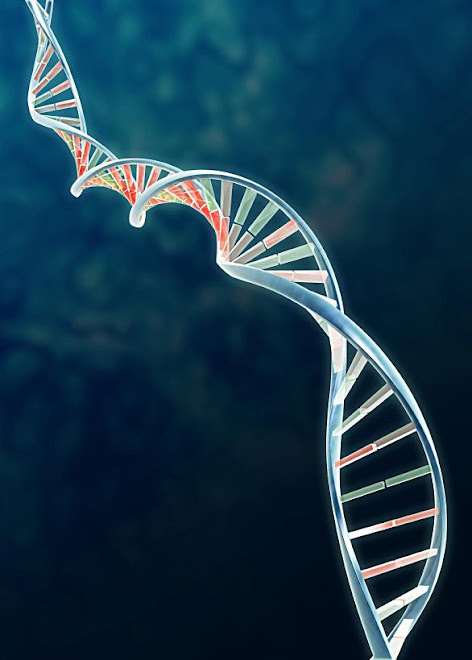 Shotgun DNA Sequencing method-Shotgun DNA sequencing is a method for determining the sequence fo a very large piece of DNA. The basic DNA sequencing reaction can only get the sequence of a few hundred nucleotides. For larger ones (like BAC DNA), we usually fragment the DNA and insert the resultant pieces into a convenient vector replicate them. After we sequence the fragments, we try to deduce from them the sequence of the original BAC DNA.
Shotgun DNA Sequencing method-Shotgun DNA sequencing is a method for determining the sequence fo a very large piece of DNA. The basic DNA sequencing reaction can only get the sequence of a few hundred nucleotides. For larger ones (like BAC DNA), we usually fragment the DNA and insert the resultant pieces into a convenient vector replicate them. After we sequence the fragments, we try to deduce from them the sequence of the original BAC DNA.Shotgun DNA sequencing: assembly of random sequence fragments. To sequence a BAC, we take millions of copies of it and chop them all up randomly. We then insert those into plasmids and for each one we get, we grow lots of it in bacteria and sequence the insert. If we do this to enough fragments, eventually we'll be able to reconstruct the sequence of the original BAC based on the overlapping fragments we've sequenced.
The most commonly used method of sequencing DNA - the dideoxy or chain termination method was developed by Fred Sanger in 1977 (for which he won his second Nobel Prize). The key to the method is the use of modified bases called dideoxy bases; when a piece of DNA is being replicated and a dideoxy base is incorporated into the new chain, it stops the replication reaction.
The chain termination method produces a set of DNA molecules differing in length by one nucleotide. The last base in each molecule can be identified by way of a unique label. Separation of these DNA sequencing molecules according to size places them in the correct order to read off the dna sequencing.
The most commonly used method of sequencing DNA - the dideoxy or chain termination method was developed by Fred Sanger in 1977 (for which he won his second Nobel Prize). The key to the method is the use of modified bases called dideoxy bases; when a piece of DNA is being replicated and a dideoxy base is incorporated into the new chain, it stops the replication reaction.
The chain termination method produces a set of DNA molecules differing in length by one nucleotide. The last base in each molecule can be identified by way of a unique label. Separation of these DNA sequencing molecules according to size places them in the correct order to read off the dna sequencing.
